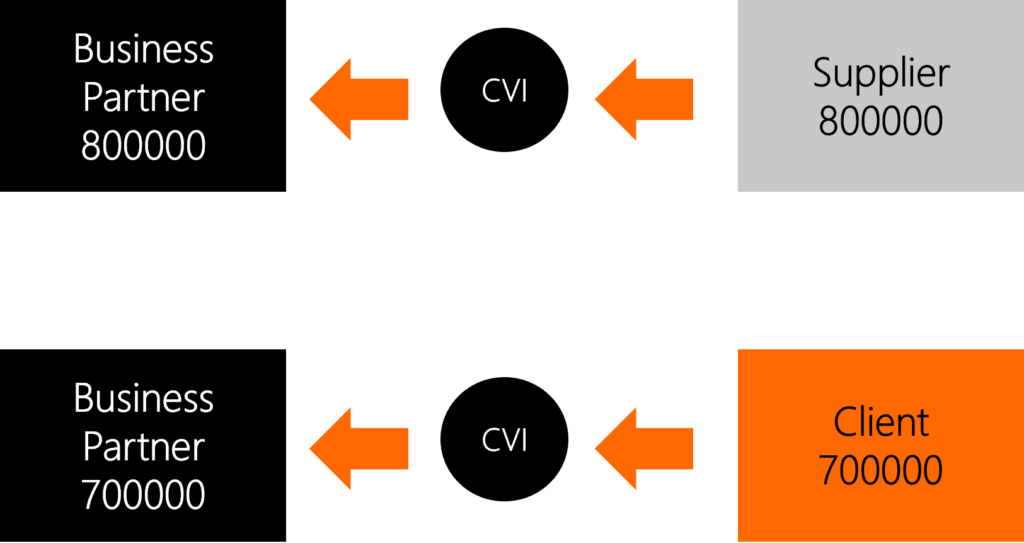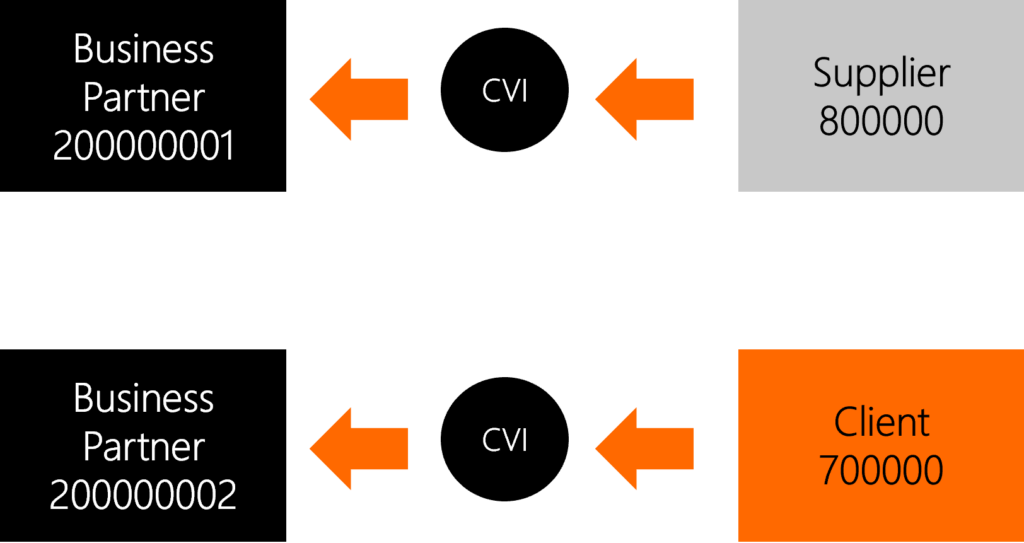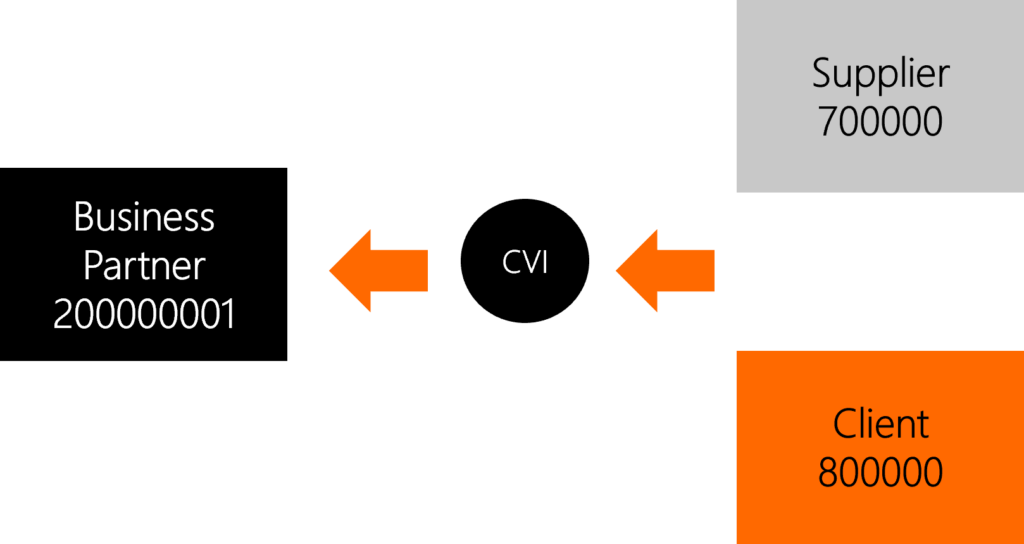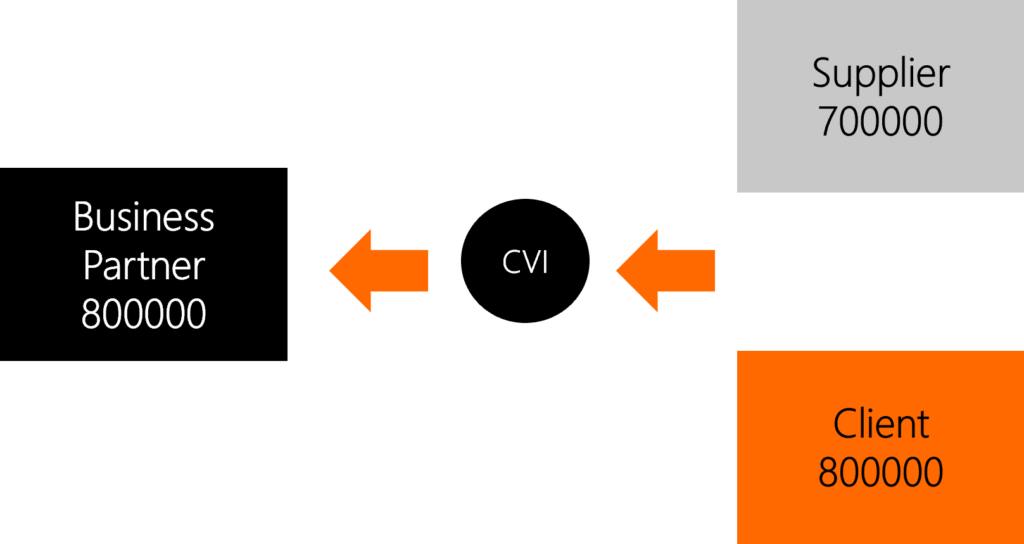Before a central business partner can be used, the following actions need to be taken:
- Analysis and preparation of data – identifying the so-called golden records
- Selection of a harmonization strategy
- Creation of a numbering concept in the case of duplicates
- Consolidation of customer and vendor data
- Identification of personal data
- Use of additional roles
- Creation of multiple addresses.
If we have objects (customers and vendors) with a similar data model, it makes a lot of sense to combine them. The benefits of consolidation include:
- Central management and the ability to combine multiple addresses, relationships, bank details, etc. in one business partner
- Simplification of the model – it is possible to link multiple roles in the same BP and maximize data sharing and reuse
- Good quality of data – one general object to maintain means strong integrity and no data redundancy.
All of this provides long-term value and performance, provided we have clean data and use the BP in the right format.
BP source data must be cleaned before it is transferred through conversion (brownfield) or migration (greenfield) to the S/4HANA system. This means that the data will be correct from a technical, business and functional point of view. An important point is the removal of duplicates, which are always a source of trouble.
After analyzing the data, it often turns out that a given customer or vendor appears several times in the database under different numbers. This means that there are duplicates that need to be removed before the data is migrated to the new system. To do this, it is necessary to identify the golden records and delete, block or archive the remaining ones.
The next step will be to choose a harmonization strategy from several possible options:
- 1:1 conversion without harmonization. This is the simplest approach where we create the BP for each customer and each vendor in the source system. In this case, we have duplicates and do not take into account the relationships that exist between customers and vendors – thus we lose the benefits listed above.
- Harmonization with a leading customer or vendor. In this approach, we check and match customers against vendors, employees, etc. to find out what relationships exist – before finally creating the BP. In this case, one BP with multiple roles and functions is created.
Possible variants of business partner harmonization
- Variant A: Each customer and each vendor becomes a separate business partner with the same number (1:1 conversion without harmonization)
- Variant B: Each customer and each vendor becomes a separate business partner with a new number (1:1 with renumbering)
- Variant C: The vendor and the customer become one business partner with a new number (harmonization with renumbering)
- Variant D: The vendor and the customer become one business partner with one of the existing numbers (harmonization with a leading customer)
To sum up, in order to successfully and stress-free go through the phase of the BP conversion from many ERP systems to S/4, we follow the steps to properly prepare the data:
- We define and confirm the golden records, which enables us to get rid of duplicates.
- We identify customer-vendor relationships to link records together and create one business partner.
The business partner is a data model that allows us to simplify and improve data quality. The main benefits of the S/4 system using the business partner role are:
- Each legal entity is represented by a business partner (BP).
- A business partner can assume many roles, e.g. customer and vendor.
- General data is available for all business partner roles, specific data is stored for each role.
- Maximum sharing and reuse of data, resulting in easier data consolidation.
- Different categories of business partners – organization, person, group.
- Possible flexible relationships with business partners, such as “has a contact person", “his supervisor is …", etc.
- A business partner can have several addresses.
- Time dependence on different sub-instances, e.g. role, address, relationship, bank details, etc.
Providing a harmonized architecture between applications – the CVI component is synchronized between the business partner object and the customer and vendor objects.






